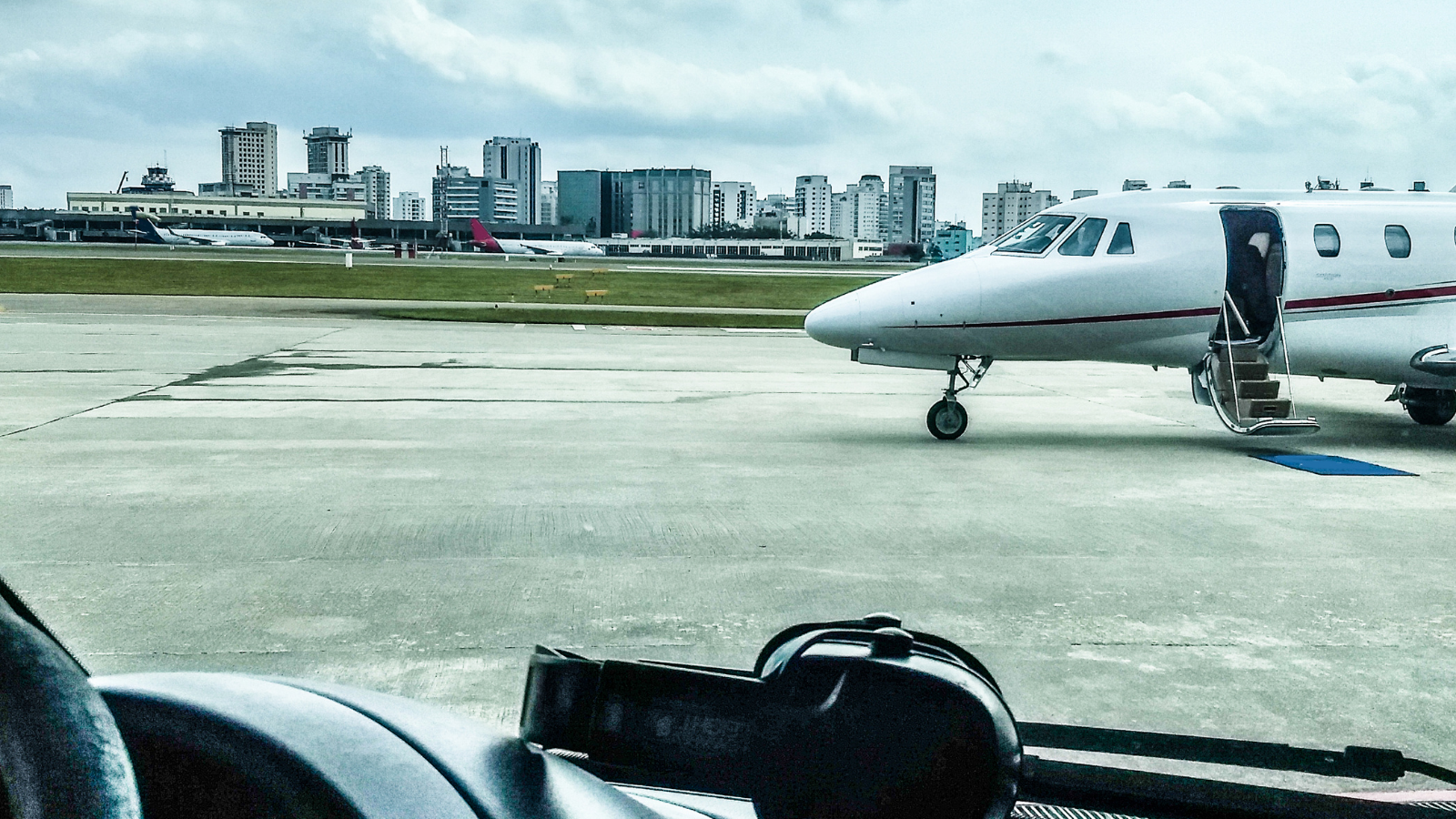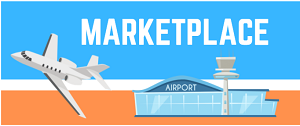The aviation industry has seen a flurry of rulemaking activity from the FAA in 2023, with proposed and final rules impacting airports, air carriers, maintenance organizations, and other entities. This rush of activity follows a relatively quiet few years of formal rulemaking procedures from the agency. Why was this year so active?
Alan Stephens, NATA’s vice president of regulatory affairs, says a combination of FAA reauthorization activity, frequent leadership changes and openings, and even pilot shortages are leading to increased rulemaking activities.
“What we’re seeing now is what the past leadership had in the works,” said Stephens. “Advancements in technology are also driving rulemaking efforts. In the past, changes have been incremental; consider, for example, jet engine advancements. Now that we’re seeing incredible innovation, there’s a fear of being left behind or perceived as not doing enough to enable new technologies.”
Another hypothesis is that a change in administration has led to advancing rulemaking efforts. Former President Donald Trump signed an executive order in 2017 meant to roll back federal regulations, essentially requiring any federal agency to withdraw two regulations for every new regulation written. While this order was intended to have a pro-business effect and allowed exceptions for emergencies or national security issues, it might also have had a chilling effect on rulemaking efforts meant to help advance innovation and growth.
The Biden Administration, on the other hand, has supported efforts to enable new technologies and address pilot and technician shortages, with no reciprocal requirements for new rules.
Here are a few key rulemaking initiatives begun, advanced, or finalized in 2023:
Safety Management Systems
The FAA proposed a rule expanding SMS requirements to additional air operators and manufacturers and finalized its SMS rule for certain part 139 airports.
In January, the Agency published the long-awaited Notice of Proposed Rulemaking (NPRM): Safety Management Systems. Applicable to certain part 21 type certificate and production certificate holders, all part 135 certificate holders, and §91.147 air tour operators, the rule would align FAA SMS applicability and requirements with International Civil Aviation Organization (ICAO) Annex 19 and address several recommendations from the National Transportation Safety Board (NTSB) and Congressional mandates.
NATA supported the rulemaking in general, saying, “NATA strongly supports Safety Management Systems (SMS). We have a long history of bringing the SMS concept to the industry and encouraging membership adoption across all lines of aviation business (i.e., on demand carriers, repair stations, FBOs). The adoption of SMS by carriers operating under part 135 is already well under way and the ability to have their programs formally recognized by the agency is desirable. Importantly, many carriers operating internationally already have a SMS at some level – those providing air transportation services within the European Aviation Safety Agency (EASA) territories must have an SMS due to EASA’s Third Country Operator (TCO) requirements.”
However, the association raised numerous concerns related to small businesses, recommended a tiered implementation approach, and offered potential solutions for small operators. NATA also questioned why the part 135 Pilot Rest and Duty Aviation Rulemaking Committee (ARC) Recommendation Report was referenced in the SMS rulemaking, adding, “This SMS rulemaking is an inappropriate vehicle to resolve any ARC recommendations impacting part 135 pilot flight, duty, and rest recommendations…Lacking any context for the inclusion of this document, any action to revise recordkeeping requirements or hours of service regulations in this NPRM is contrary to proper procedure as prior notice and solicitation of comment was not provided. NATA asks FAA to clarify its intentions regarding the inclusion of that document.”
The rule would be effective 24 months from publication of final rule with established deadlines for submitting an SMS implementation plan and full implementation. In February, the FAA published the final rule requiring certain part 139 airports to adopt an SMS.
Certificated airports that qualify under one or more of the following criteria are required to develop a SMS under the final rule:
- Classified as large, medium, or small hubs based on passenger data extracted from the FAA Air Carrier Activity Information System;
- Have a 3-year rolling average of 100,000 or more total annual operations, meaning the sum of all arrivals and departures; or
- Serve any international operation other than general aviation.
The FAA expects this rule would expand the safety benefits of SMS to certain certificated airports and further the FAA’s aviation-wide approach to SMS implementation to address safety at an organizational level.
Advanced Air Mobility
It was a busy year for AAM-related rulemaking initiatives.
In June, the FAA published an NPRM to enable powered-lift pilot certification and operations. The proposal called for pilots to obtain a powered-lift category rating and a type rating in order to fly a powered-lift aircraft, which includes most of the eVTOL aircraft coming to market in the coming years. The proposal also aligned operational rules primarily with airplane rules, despite the unique capabilities of powered-lift aircraft to take off and land vertically, like a helicopter, while flying enroute more like an airplane.
NATA called on the FAA to align its rulemaking more closely with existing ICAO standards and guidance. ICAO Annex 1 describes a path for powered-lift pilots to add a powered-lift type rating to a commercial airplane or rotorcraft certificate. This approach would provide a safer, more streamlined path to pilot qualification than requiring a powered-lift category rating, which could result in negative transfer of skills from one disparate powered-lift platform to another. It would also allow for wider use of simulator training, which proves again and again to be a more effective method of training than simply drilling holes in the sky.
In addition, NATA asked the Agency to align with ICAO guidance for powered-lift operational rules. While the FAA proposed to follow airplane rules almost exclusively, ICAO guidance calls for a more constructive review of rules compared to the capabilities of powered-lift aircraft and considers helicopter rules to be more appropriate in most cases.
In July, the FAA also published a final rule revising definitions in 14 CFR parts 110 and 119. Part 110 definitions are essentially the gatekeepers to part 119, establishing applicability of part 119 regulations, which in turn establish requirements for commercial operators, including those certificated under parts 135 and 136.
This final rule added “powered-lift” to part 110 and 119, allowing powered-lift aircraft to utilize existing part 135 and 136 frameworks for on-demand and commuter operations as well as air tour operations. These two regulatory efforts are crucial to allowing entry into service for AAM aircraft, which could come as soon as 2025.
Modernization of Special Airworthiness Certification
In July, the FAA issued the Modernization of Special Airworthiness Certification (MOSAIC) NPRM, which would amend rules for the manufacture, certification, operation, maintenance, and alteration of light-sport aircraft. The proposed changes would increase privileges
for sport pilot and light-sport pilot rules, allowing more flexibility for flight training, limited aerial work, and personal travel. It would also allow sport pilots to operate aircraft with four seats, rather than just two, while still only carrying one passenger.
Lastly, the wide-scope proposal includes changes to certain repairman certificates and required training.
Part 147 Rewrite
Although the final 14 CFR part 147 rewrite updating training requirements for technicians was published in fall of 2022, it’s worth a mention here due to the significant and holistic impact it will have on the aviation industry for decades to come. The first major change to regulations for training aviation technicians since 1940, the long overdue reform removes curriculum requirements from part 147 appendices, instead requiring part 147 schools to align curriculum with new FAA technician airman certification standards and effectively ending the requirement to count seat hours.
Gone are requirements to teach dope and fabric skills or sit in a classroom for a fixed period of time; instead, schools can choose to offer carbon fiber repair and other skills more relevant to today’s aircraft and allow for performance-based training.
What’s on Deck for 2024?
It’s difficult to predict how quickly these recent proposals will move to final rules, but it’s possible some – or at least the powered-lift pilot certification and operations rule – will be published in 2024. We can also expect more movement in UAS operations, particularly regarding beyond visual line of sight (BVLOS) operations, to allow more effective use of UAS in public utilities, small cargo delivery, and other applications.
The FAA has also issued a request for information on part 380 public charter operations, signaling rulemaking in that area could be coming.
However, future rulemaking efforts could be hampered by lack of long-term leadership in many levels of the FAA as retirements and departures for industry jobs leave offices with acting or interim leaders. The outcome of FAA reauthorization could also impact rulemaking initiatives.
NATA monitors FAA regulatory action to keep its members up to date and to represent the needs of its member companies during public comment periods and at other opportunities. Stay tuned for more rulemaking activity and more NATA advocacy in 2024.






